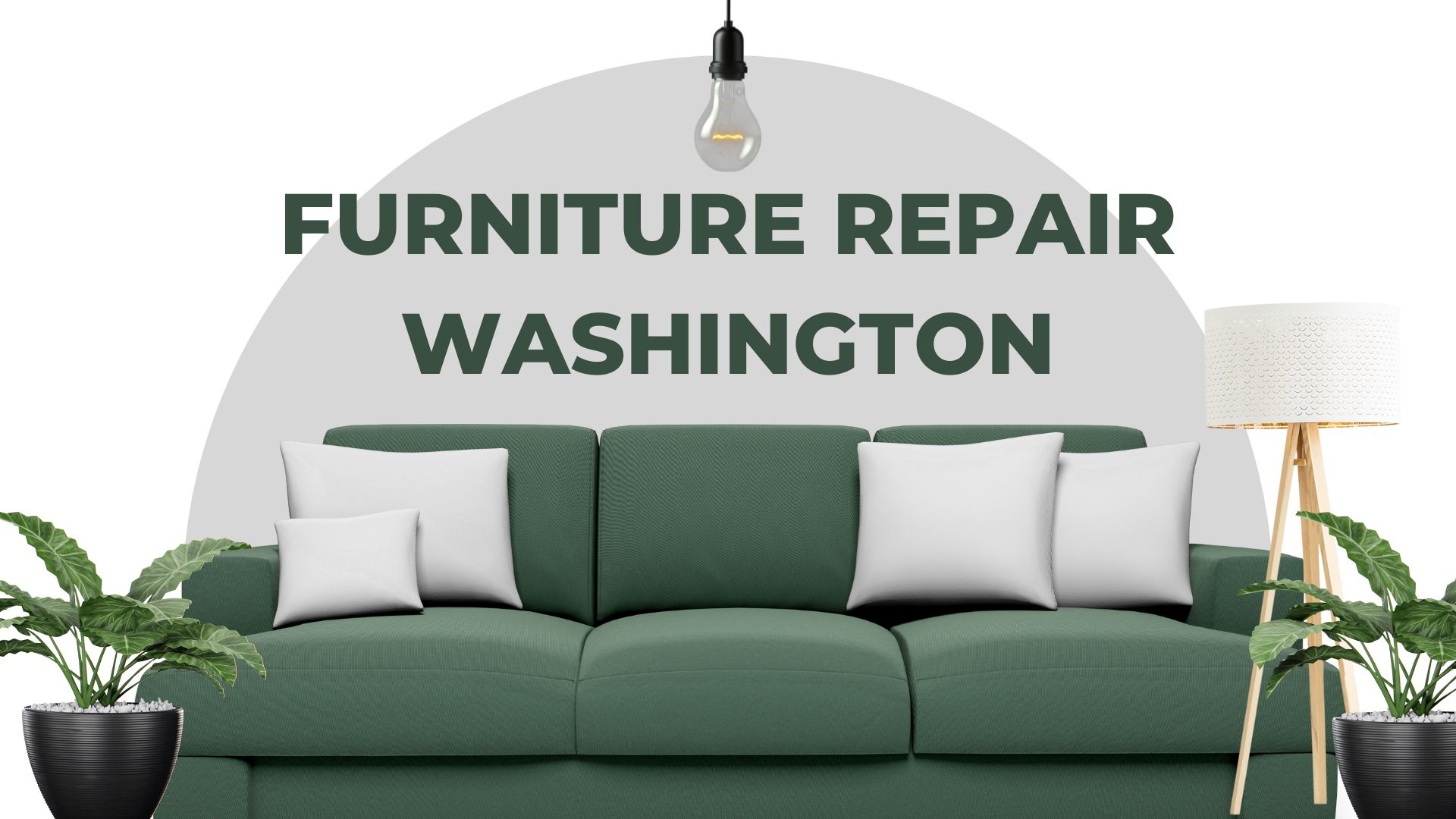When you invest in LED lights, you expect them to last a long time. LED lights are known for their energy efficiency, brightness, and long lifespan. But how can you be sure that the LED lights you buy are durable enough to withstand regular use? This is where testing comes in. Top LED light suppliers test their products thoroughly to ensure they meet durability standards. In this article, we will break down the steps LED light suppliers take to test the durability of their products and how these tests help consumers make confident choices.
Note : If you’re looking for reliable and durable lighting solutions, it’s essential to choose suppliers who prioritize quality and long-lasting performance. Contact the top LED Light Suppliers in UAE today to find the perfect LED lighting for your needs, backed by thorough testing and exceptional durability. Illuminate your space with confidence
What Is Durability in LED Lights?

Durability in LED lights refers to their ability to function well over a long period, even under different environmental conditions. It involves testing how well the lights can withstand factors like heat, moisture, vibration, and frequent use without wearing out or breaking down. Durable LED lights should last for years, providing reliable performance without the need for frequent replacements. Let’s look at how suppliers ensure the durability of LED lights before they reach the market
The Importance of Durability Testing in LED Lights
Why Is Durability Testing Important?
Durability testing is essential for ensuring that LED lights meet the expectations of customers. When LED light suppliers test the durability of their products, they can guarantee that the lights will last as long as they claim. This helps build trust between the supplier and the customer. Without these tests, consumers might end up buying products that don’t last, leading to frustration and extra expenses for replacements.
How Durability Impacts the Lifespan of LED Lights
The lifespan of an LED light is one of its main selling points. Most LED lights have a lifespan of 25,000 to 50,000 hours, depending on their quality. However, external factors such as heat, power surges, and exposure to moisture can shorten this lifespan. Durability testing helps identify how well a product can handle these conditions, ensuring that it will last for its full lifespan or even longer.
How LED Light Suppliers Test for Heat Resistance
Heat and LED Lights: The Connection
LED lights produce far less heat than traditional light bulbs, but they still generate some heat during operation. If an LED light gets too hot, it can damage the internal components and reduce its lifespan. That’s why suppliers conduct heat resistance tests to ensure their products can handle varying temperatures without failure.
Heat Resistance Testing Methods
- Thermal Cycling Test In this test, LED lights are exposed to extreme temperature changes, alternating between very hot and cold conditions. This simulates real-world scenarios where lights might be used in outdoor environments or in rooms that experience temperature fluctuations. The goal is to see if the LED light can continue to function without its components breaking down under these conditions.
- Long-Term Temperature Testing In this test, LED lights are operated continuously at high temperatures to see if they can handle long-term heat exposure. The test helps determine how well the light’s components hold up over time when subjected to heat. If the light fails, engineers can modify the design to improve its heat resistance.
How Suppliers Test LED Lights for Moisture Resistance
Why Moisture Resistance Is Crucial
LED lights are often used in outdoor settings, bathrooms, kitchens, and other areas where they may be exposed to moisture. If the lights are not moisture-resistant, they may short-circuit or fail prematurely. To prevent this, LED light suppliers test their products for moisture resistance.
Moisture Resistance Testing Methods
- Waterproof Testing LED lights are submerged in water or sprayed with water at different angles to test their waterproof abilities. This helps suppliers determine if the light can be used in areas where it may come into contact with water. For outdoor lights, this test is especially important, as they will be exposed to rain and other elements.
- Humidity Chamber Test In this test, LED lights are placed in a controlled environment where the humidity level is high. The test helps check how well the LED lights can withstand long-term exposure to moisture without corroding or failing. If a light passes this test, it is more likely to perform well in damp environments.
Testing LED Lights for Vibration and Shock Resistance
Why Are Vibration and Shock Important for Durability?
In many settings, LED lights are exposed to vibrations or shocks, especially if they are installed in vehicles, machinery, or industrial environments. If the lights are not resistant to vibration or shock, they could break, lose connections, or stop working. That’s why suppliers test for these conditions to make sure their products are durable enough to handle such environments.
Vibration and Shock Testing Methods
- Vibration Testing LED lights are placed on a vibrating platform that simulates the type of movement the lights might experience during their use. The vibrations are gradually increased to see if the light can maintain performance without any parts coming loose or breaking. This test is common for lights used in cars, trucks, or heavy machinery.
- Shock Testing Shock testing involves subjecting LED lights to sudden jolts or impacts to simulate what would happen if the light is dropped or exposed to heavy impacts. Suppliers use this test to determine if the light can continue functioning even after being exposed to sudden shocks.
Testing the Lifespan of LED Lights
Why Is Lifespan Testing Necessary?
The longevity of LED lights is one of the reasons they are so popular. However, this long lifespan needs to be verified through testing. Suppliers conduct lifespan tests to ensure that the lights meet the promised lifespan of 25,000 to 50,000 hours or more.
Lifespan Testing Methods
- Continuous Operation Test In this test, LED lights are operated continuously for long periods, often for months, to see how long they can last. Suppliers monitor the lights for any signs of dimming, flickering, or failure during this time. This test helps determine if the light can truly meet its advertised lifespan.
- On/Off Cycling Test LED lights are turned on and off repeatedly to see how well they handle frequent usage. This simulates real-life usage, where lights are often switched on and off many times a day. The test helps suppliers determine if the light can maintain its durability even with frequent on/off cycles.
How Suppliers Test the Durability of LED Light Components
Components of LED Lights That Need Testing
LED lights consist of multiple components, including the LED chip, drivers, heat sinks, and housing. Each of these components plays a role in the light’s overall durability. If one part fails, it can affect the entire light. Suppliers test each component to ensure that it is strong enough to contribute to the overall durability of the light.
Component Testing Methods
- LED Chip Testing The LED chip is the most crucial part of the light, responsible for producing the light itself. Suppliers test the LED chips for brightness, color accuracy, and resistance to heat and voltage fluctuations. A high-quality chip will perform well under different conditions, ensuring the light lasts longer.
- Driver Testing The driver regulates the power supply to the LED light. If the driver is not durable, the light could flicker, dim, or fail prematurely. Suppliers test drivers for their ability to handle power surges, voltage changes, and long-term operation without failure.
Conclusion: The Value of Durability Testing in LED Lights
Durability testing is a crucial step in the manufacturing process for LED light suppliers. By subjecting their products to tests for heat, moisture, vibration, shock, and lifespan, suppliers can ensure that their lights will last for many years, providing reliable performance. As a consumer, understanding these tests can help you make informed decisions when purchasing LED lights. When you buy from a reputable supplier that conducts thorough durability testing, you can trust that your lights will be long-lasting and dependable.
In conclusion, the next time you purchase LED lights, keep in mind the rigorous tests they have gone through to ensure they can withstand various conditions and perform at their best. Knowing that suppliers prioritize durability can give you confidence in the quality of the products you’re buying, ensuring that your investment in LED lighting is a smart one.
For more insightful articles related to this topic, feel free to visit : viewsparrow.com











